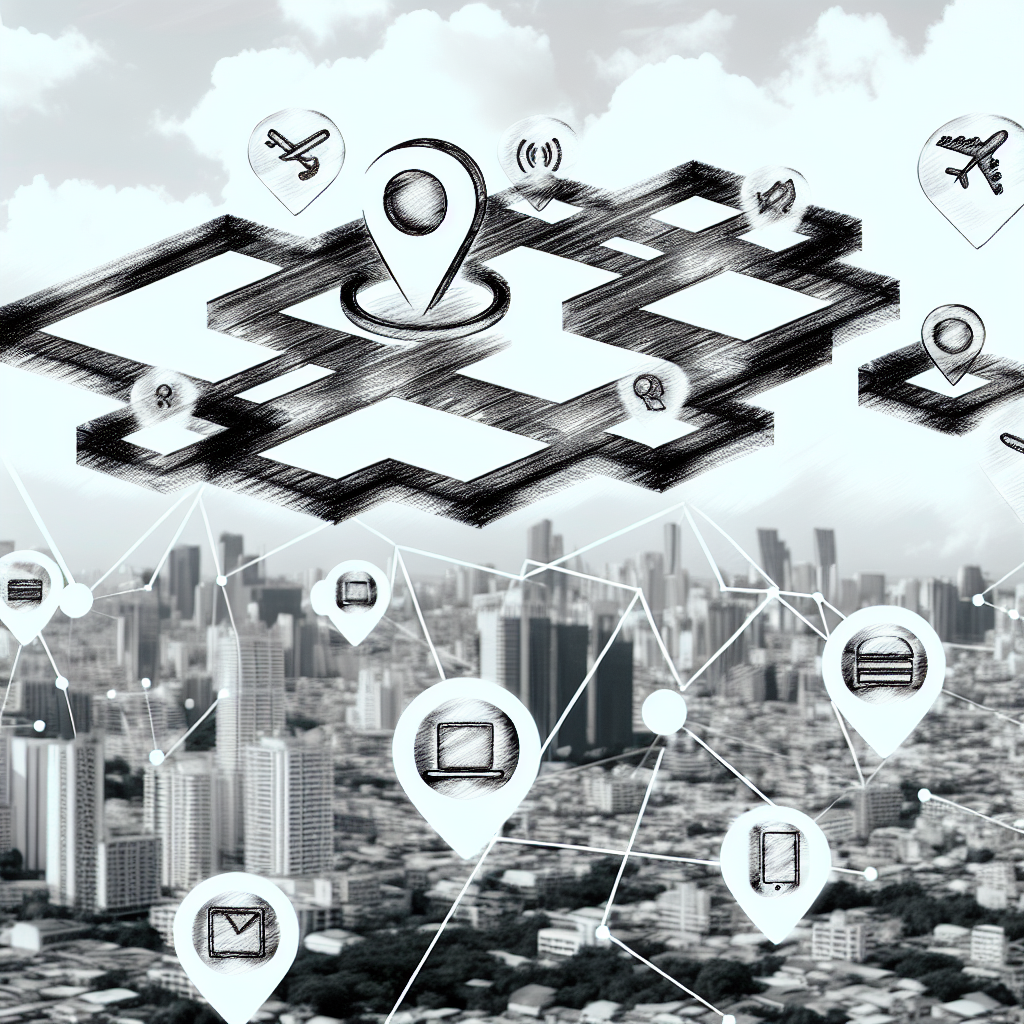# Geospatial AI: Niantic's Pivot to Redefine Mapping Tech
In the rapidly evolving realm of digital innovation, few sectors have seen as dramatic a transformation as geospatial technology. The intersection of artificial intelligence (AI) and geospatial data has opened up new frontiers for industries ranging from logistics to urban planning. A standout example of innovation in this field is Niantic, originally renowned for its global gaming sensation, Pokémon GO. The company's strategic pivot towards enhancing its geospatial technology capabilities marks a significant shift in focus, aiming to redefine the landscape of mapping technology.
The Evolution of Niantic’s Business Model
/>
Niantic made headlines with its decision to sell its gaming division to Scopely for $3.5 billion, a move that underscores a strategic realignment towards specialized geospatial technology. This pivot is not just a business decision but a redefinition of Nia
/>
ntic’s core objectives. By harnessing AI, Niantic aims to create a more dynamic and interactive map of the world that goes beyond traditional GPS technology.
#
From Gaming to Geospatial Innovation
The transition from gaming to a focus on geospatial AI highlights Niantic's recognition of the broader applications of their technology. Pokém
/>
on GO was not just a game; it was a proof of concept that demonstrated how augmented reality (AR) a
/>
nd real-world GPS data could be merged to create engaging user experiences. This underlying technology, powered by real-time spatial data and AI, is ripe for applications in various sectors that require precise and interactive mapping solutions.
Key Technologies Driving Niantic’s Shift
Niantic’s technological foundation is built on a sophisticated stack that integrates AI with geospatial data to create immersive AR experiences. As the company shifts focus, these technologies are being adapted to serve more industrial and practical applications.
#
Real-Time Data Processing
At the heart of Niantic's technology is the capability to process and analyze real-time data from various sources. This includes satellite imagery, street-level data, and user-generated inputs, which are crucial for creating detailed and accurate maps.
#
Augmented Reality Integration
Niantic’s expertise in AR is a significant asset in the geospatial sector. By overlaying digital information on real-world environments, AR can enhance the utility of maps, providing users with interactive and context-aware information.
#
Machine Learning Algorithms
Machine learning is pivotal in interpreting complex geospatial data. Niantic’s algorithms can predict traffic patterns, optimize logistics routes, or even assist city planners in simulating urban development scenarios based on real-time data inputs.
Applications and Impact of Niantic’s Geospatial AI
The potential applications of Niantic's geospatial AI technology are vast and varied. Here are a few sectors that stand to benefit significantly from these advancements:
#
Urban Planning and Smart Cities
City planners can utilize Niantic's technology to create accurate and up-to-date maps that reflect current conditions rather than historical data. This can aid in everything from traffic management to disaster response strategies.
#
Environmental Monitoring
Geospatial AI can play a crucial role in monitoring environmental changes, such as deforestation, water levels in rivers, or urban sprawl, enabling more timely and effective responses to environmental challenges.
#
Logistics and Supply Chain Management
The integration of real-time geospatial data can revolutionize the logistics industry by optimizing delivery routes, reducing fuel consumption, and improving overall efficiency.
Challenges and Future Directions
Despite the promising applications, the shift towards geospatial AI also presents challenges. Issues such as data privacy, the accuracy of AI predictions, and the integration of this technology into existing infrastructures need to be addressed. However, Niantic’s ongoing investment in R&D and strategic collaborations suggest a robust approach to overcoming these hurdles.
Conclusion
Niantic’s pivot from gaming to a focus on geospatial AI technology represents a transformative phase not only for the company but for the technology landscape at large. By leveraging its expertise in AR and AI, Niantic is well-positioned to redefine how we interact with and understand our physical environment. As geospatial technology continues to evolve, its integration into various sectors will likely become more pronounced, making Niantic’s journey an important case study in the application of digital innovation in real-world scenarios.
